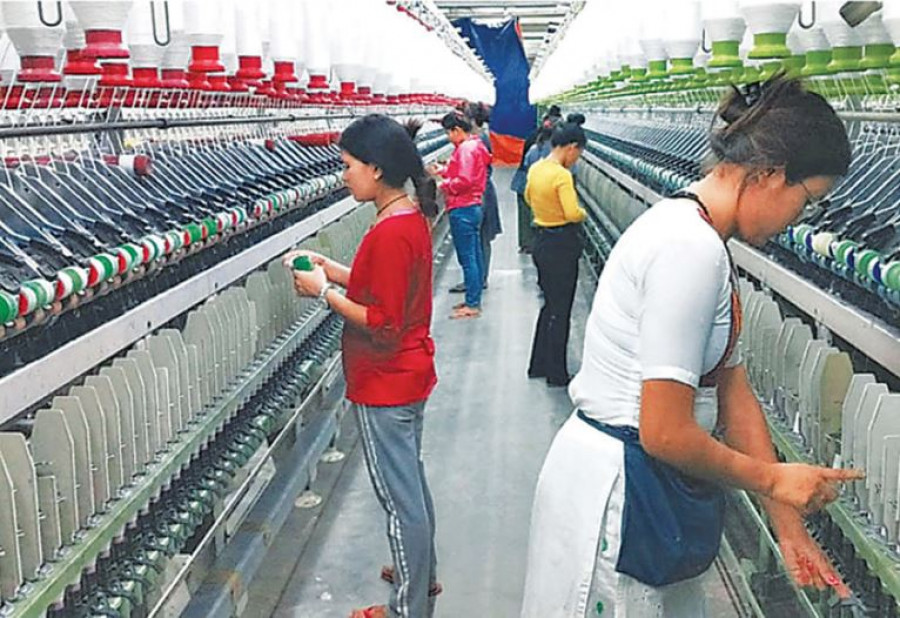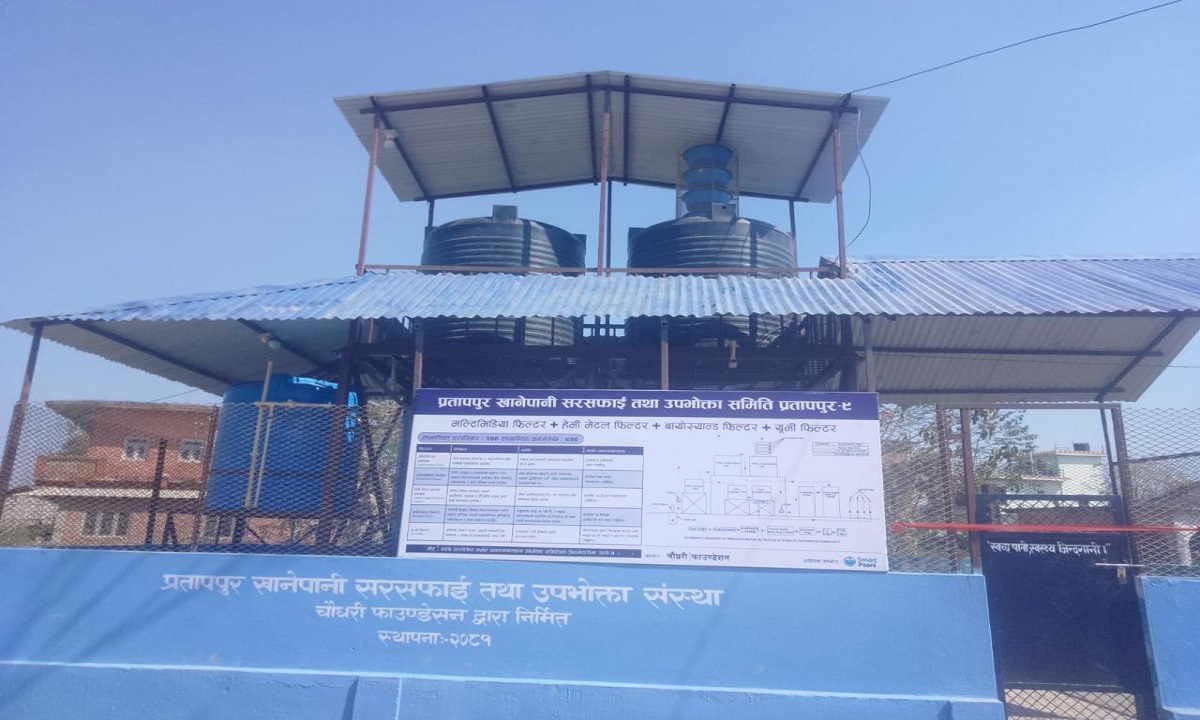Sustained liquidity crunch forces banks to tighten loans even to productive sectors

KATHMANDU: APRIL. 14 – The Rastriya Banijya Bank has been providing concessional loans and certain productive sector loans in recent months amid a shortage of loanable funds with usually resource-rich banks.
Owing to excessive lending in the first few months of the current fiscal year by almost all banks and financial institutions, the banking sector is now facing a shortage of loanable funds which is often known in the banking sector as a liquidity crunch.
“We have stopped providing loans under all other headings except for concessional loans and productive sector loans,” said Kiran Kumar Shrestha, the chief executive officer of the Rastriya Banijya Bank (RBB). “Even under the productive sector category, we are providing loans only to agricultural and tourism sectors.”
Agriculture, manufacturing, energy and tourism are among the productive sectors defined by the central bank.
Most other banks and financial institutions have also halted new lending because of the liquidity crunch.
According to the Nepal Rastra Bank, credit to deposit ratios of banks and financial institutions are above the regulatory limit of 90 percent. This means banks have loaned more than Rs0.9 for every rupee received in deposits. The central bank has already told them to bring the ratios under 90 percent. A bank that has a credit to deposit ratio at 90 percent or above cannot make further lending, as per the central bank’s directives.
The liquidity crunch in the banking system is clearly reflected in the lending by banks and financial institutions in recent months. For example, they extended credits worth Rs 11.4 billion to the private sector in the month of Magh (mid-January to mid-February) and Rs18.5 billion in the month of Falgun (mid-February-mid March), according to central bank data.
When they were lending excessively in the early months of the current fiscal year, their lendings per month were also several times higher compared to the recent months. For example, in mid-August-mid September last year, banks and financial institutions lent as much as Rs 187.3 billion.
Most of the loans went to sectors considered unproductive. A study carried out by the Confederation of Banks and Financial Institutions of Nepal (CBFIN), a grouping of bank promoters, revealed that lending to the unproductive sector have been increasing in recent years.
By mid-December 2021, banks and financial institutions had outstanding credits totaling Rs 1,055 billion in areas whose purpose is not clear and such lendings account for 23 percent of the total outstanding credits of banks and financial institutions.
The portion of such ‘lending without purpose’ was 17 percent in mid-December 2020 and 16.42 percent in mid-December 2019, according to the study report.
During the first eight months of the current fiscal year, lending to the private sector grew by 22.2 percent as against the annual target of 19 percent in the current fiscal year, according to the central bank.
Overall lending to less productive sectors including to the wholesale and retail, finance, insurance, real estate, other services, consumer loans and others as of mid-November 2021 stands at 59.18 percent, according to the report.
With the liquidity crunch continuing over the last few months, banks have been forced to reduce overall lending. Because of substantially reduced lending in the last two months, lending growth to the private sector went down from over 30 percent during the first half of the current fiscal year.
Earlier, Finance Minister Janardan Sharma blamed the suspended Governor Maha Prasad Adhikari for failing to stop excessive lending, which not only contributed to a liquidity crunch in the banking sector but also fueled imports leading to a continued decline in foreign exchange reserves.
In media interviews, he has been presenting this issue as one of the reasons for the government’s action against the governor.
But, Minister Sharma fails to mention the government’s failure to spend the capital budget, which also contributed to the current liquidity crunch in the banking sector. As of April 12, capital spending of the government stood at just 26.81 percent, according to the Financial Comptroller General Office.
Because of the liquidity crunch, even the productive sector which could help boost the internal economy, are unable to get loans.
Rastriya Banijya Bank’s Shrestha admitted that his bank has not been able to lend to all the productive sectors as demand for loans is high. Lately, the central bank has also admitted that borrowers from the productive sector are unable to secure enough loans.
“Because of the liquidity crunch, no sector has been able to receive loans in desired amounts,” said Prakash Kumar Shrestha, the chief of the economic research department at the central bank. “When the productive sector is not getting enough loans, it means the sector’s contribution to the economy would be reduced and the economy as a whole would suffer.”
He, however, said that credit flows in the market have already exceeded the central bank’s target. “Because of credit expansion in the non-productive sector, it has not been translated into economic growth,” said Shrestha of the central bank.
-Kathmandu Post










